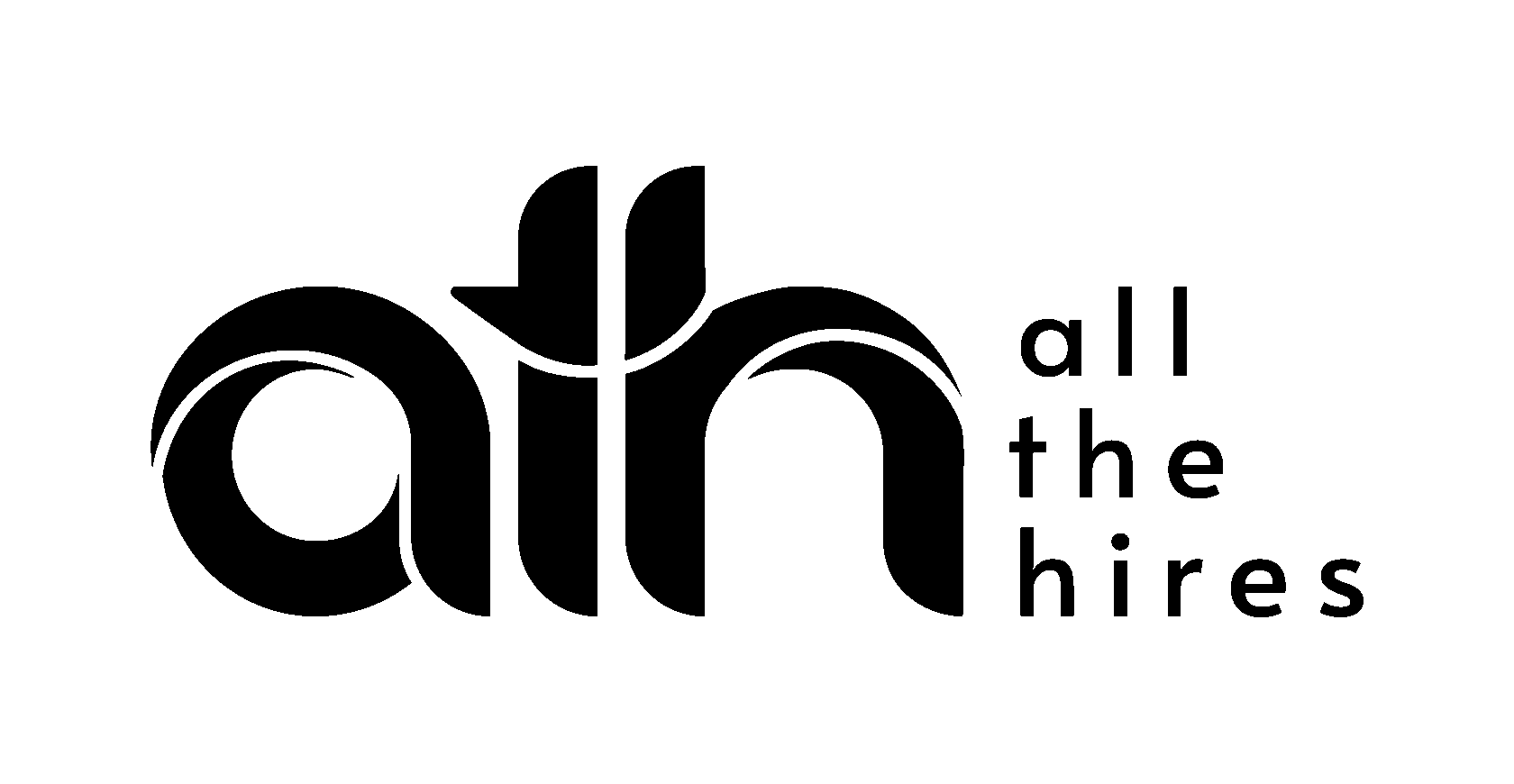7 Stakeholder Management Lessons for Successful Talent Acquisition Partnership
Stakeholder management is a critical, yet often overlooked, component of talent acquisition success. Drawing from years of experience in the field, we’ve identified seven key lessons that can transform your approach to managing stakeholders.
TL;DR part for those who are here just for a quick moment:
To others, welcome to the rest of this post ⬇️
- Building rapport with stakeholders during informal settings like coffee or lunch is more effective than weeks of formal meetings.
- Hiring managers often refine the role requirements after seeing candidates, so flexibility is key.
- Gathering and interpreting data from day one empowers TA professionals to answer tough questions and celebrate milestones.
- Effective collaboration within TA teams and with external stakeholders is crucial for achieving business objectives.
- It's impossible to improve everything; focus on high-impact, low-effort tasks first.
- When reporting to leadership, focus on metrics like hiring velocity and budget alignment, not operational details.
- Asking "obvious" questions can uncover misalignments and ensure smooth processes.
To others, welcome to the rest of this post ⬇️

Artyom Kobahidze
Founder / CEO @ All The Hires
1. People open up to people they know 🙌
You can drive things forward far greater distances during a break in between meetings with your stakeholders than during weeks or months of status updates and scheduled conversations. Build rapport with your managers, it will open doors for you.
This can be done by showing up consistently, and providing meaningful input proactively, not when asked for it.
Consider sharing thoughtful follow-ups after meetings and providing resources that could help the stakeholders make decisions on your common objectives.
2. Job descriptions are fluid 📑
Many managers don’t know what they are hiring for until they see it. This one is for those of you out there who think not matching 100% of the requirements is a show-stopper in applying for the job. Sometimes these requirements are copied over from another similar ad and are not even part of the actual job or will be adjusted for you once you are in. Identify the must-haves right from the start and ignore the nice-to-haves.
Don't wait till you have gathered a list of people to show, start with the first one to calibrate immediately.
Note that talking just to the hiring manager may not be enough. Sometimes they are detached from the ins and outs of the position. To increase your chances of understanding the role better you can speak to high-achievers on the team currently performing those duties.
3. Data is everything… 📊
…when you have enough of it and know how to interpret it. Start gathering data on your activities from day 0 and you will be able to answer all the questions, explain all the delays, provide all the specific details on why people are not knocking on your doors willing to work for free as well as celebrate those milestones and not drown in operational work that seems endless without those boastful figures supporting it.
Some metrics to consider looking at:
Consider using a modern Applicant Tracking System with robust reporting capabilities, and set up workflows to simplify data collection and interpretation.
4. Teamwork is key 👥
It’s not just about your TA team even though its value is hard to overestimate, but also the extended one - your customers, peers in other departments, your technology partners, and other people involved in the planning and delivery workflow.
Whether you are an agency recruiter or in-house, you are working towards the same goal with your customers and partners - reaching the company’s business objectives within the assigned budget and timeframe and, being a challenging task in itself, without properly setting up collaboration it is very hard to compete.
5. Prioritize and focus on pivotal issues 🎯
You will never have time or resources to optimize and improve everything. Prioritize and focus on pivotal issues, those that have the most business impact. List and grade your challenges, then organize them by most impact / least effort. You will be amazed at how well it will resonate with your stakeholders and how much value this simple exercise can bring.
Use a simple Eisenhower Matrix or impact-effort grid to categorize your issues and see where quick wins can be achieved. Follow through with those and repeat with what’s left.
You will see that by removing the quickly solvable but impactful problems you will bring yourself closer to tackling the more complex ones.
6. Talk time and money to senior management ⏳
When reporting on your progress to senior management, talk time and money. They don’t care how many candidates you sourced or interviews conducted, they want to know if they will be able to defend their headcount strategy in front of C-level. What is our hiring velocity? Does it match our plan? Are we within the budget?
This will not only save you your nerves but also move you away from just a service provider and closer to strategic talent partnership with your stakeholders.
7. Don’t be afraid to ask seemingly obvious questions ❓
Nobody wants to look stupid by asking seemingly obvious questions. The problem with that is that for that reason nobody is asking them deeming the answer obvious. You will be surprised though how different “obvious” may look for different people.
Remember that dotting the i’s is crucial for smooth sailing in your TA boat, so try asking more questions so as not to regret it later when precious time has been wasted on assumptions and unsupported hypotheses.
Some examples:
Sometimes the waiting game only happens because you did not agree on who will take the next step.
You can drive things forward far greater distances during a break in between meetings with your stakeholders than during weeks or months of status updates and scheduled conversations. Build rapport with your managers, it will open doors for you.
This can be done by showing up consistently, and providing meaningful input proactively, not when asked for it.
Consider sharing thoughtful follow-ups after meetings and providing resources that could help the stakeholders make decisions on your common objectives.
2. Job descriptions are fluid 📑
Many managers don’t know what they are hiring for until they see it. This one is for those of you out there who think not matching 100% of the requirements is a show-stopper in applying for the job. Sometimes these requirements are copied over from another similar ad and are not even part of the actual job or will be adjusted for you once you are in. Identify the must-haves right from the start and ignore the nice-to-haves.
Don't wait till you have gathered a list of people to show, start with the first one to calibrate immediately.
Note that talking just to the hiring manager may not be enough. Sometimes they are detached from the ins and outs of the position. To increase your chances of understanding the role better you can speak to high-achievers on the team currently performing those duties.
3. Data is everything… 📊
…when you have enough of it and know how to interpret it. Start gathering data on your activities from day 0 and you will be able to answer all the questions, explain all the delays, provide all the specific details on why people are not knocking on your doors willing to work for free as well as celebrate those milestones and not drown in operational work that seems endless without those boastful figures supporting it.
Some metrics to consider looking at:
- funnel step conversion rates (e.g. applications to screening, interview to offer, etc.) - those are usually more important to your TA team
- time to hire, quality of hire, cost of hire - those are usually the important ones to the business.
Consider using a modern Applicant Tracking System with robust reporting capabilities, and set up workflows to simplify data collection and interpretation.
4. Teamwork is key 👥
It’s not just about your TA team even though its value is hard to overestimate, but also the extended one - your customers, peers in other departments, your technology partners, and other people involved in the planning and delivery workflow.
Whether you are an agency recruiter or in-house, you are working towards the same goal with your customers and partners - reaching the company’s business objectives within the assigned budget and timeframe and, being a challenging task in itself, without properly setting up collaboration it is very hard to compete.
5. Prioritize and focus on pivotal issues 🎯
You will never have time or resources to optimize and improve everything. Prioritize and focus on pivotal issues, those that have the most business impact. List and grade your challenges, then organize them by most impact / least effort. You will be amazed at how well it will resonate with your stakeholders and how much value this simple exercise can bring.
Use a simple Eisenhower Matrix or impact-effort grid to categorize your issues and see where quick wins can be achieved. Follow through with those and repeat with what’s left.
You will see that by removing the quickly solvable but impactful problems you will bring yourself closer to tackling the more complex ones.
6. Talk time and money to senior management ⏳
When reporting on your progress to senior management, talk time and money. They don’t care how many candidates you sourced or interviews conducted, they want to know if they will be able to defend their headcount strategy in front of C-level. What is our hiring velocity? Does it match our plan? Are we within the budget?
This will not only save you your nerves but also move you away from just a service provider and closer to strategic talent partnership with your stakeholders.
7. Don’t be afraid to ask seemingly obvious questions ❓
Nobody wants to look stupid by asking seemingly obvious questions. The problem with that is that for that reason nobody is asking them deeming the answer obvious. You will be surprised though how different “obvious” may look for different people.
Remember that dotting the i’s is crucial for smooth sailing in your TA boat, so try asking more questions so as not to regret it later when precious time has been wasted on assumptions and unsupported hypotheses.
Some examples:
- "Are we sure we need to hire a person for this role or can the existing team’s workflow be optimized to cater for additional load?"
- "Does it need to be a senior team member or can a mid-level do the same job with some mentorship from the team?"
- "Are we aligned on the process?"
Sometimes the waiting game only happens because you did not agree on who will take the next step.
To conclude
Stakeholder management in talent acquisition is about building real connections, solving actual problems, and driving outcomes that matter.
By focusing on the relationships, being flexible when job requirements inevitably shift, and backing your decisions with solid data, you can move from being a recruiter to being a trusted partner.
These lessons aren’t about reinventing the wheel but rather about doing the basics exceptionally well and prioritizing what truly makes an impact. Get these right, and you’ll not only streamline your processes but also set the foundation for long-term success in your TA strategy.
Stakeholder management in talent acquisition is about building real connections, solving actual problems, and driving outcomes that matter.
By focusing on the relationships, being flexible when job requirements inevitably shift, and backing your decisions with solid data, you can move from being a recruiter to being a trusted partner.
These lessons aren’t about reinventing the wheel but rather about doing the basics exceptionally well and prioritizing what truly makes an impact. Get these right, and you’ll not only streamline your processes but also set the foundation for long-term success in your TA strategy.
December, 11 / 2024

